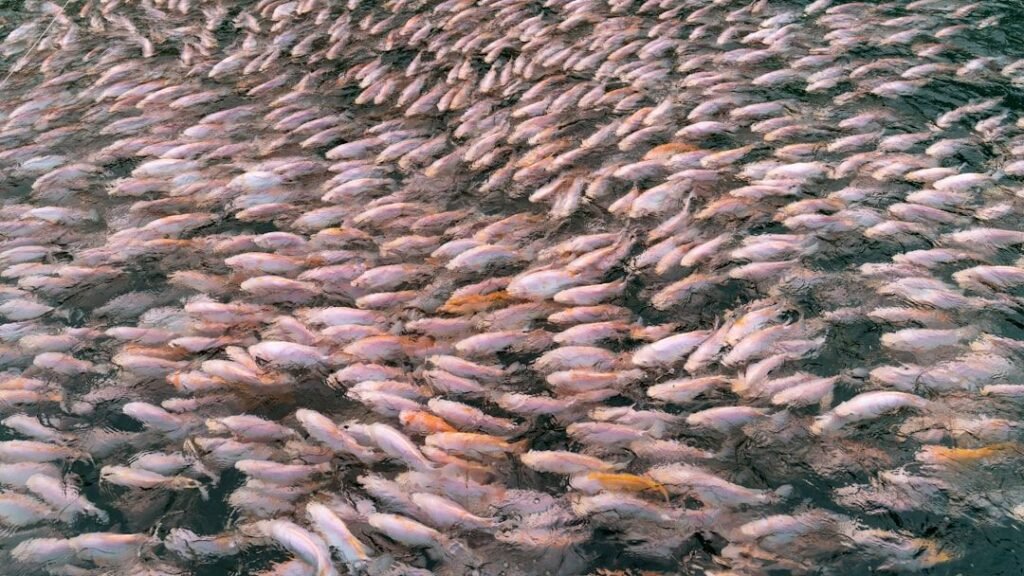While most Americans focus on flashy infrastructure projects like highways and airports, something remarkable is quietly happening beneath the surface of our cities. Across the United States, urban communities are embracing an unexpected mission: restoring their forgotten waterways to their wild origins. From the bustling streets of Portland to the industrial heartland of Chicago, cities are demolishing outdated dams, removing concrete barriers, and watching in amazement as native fish species return home after decades of exile.
Fish can return to newly accessible habitat within days or weeks once rivers regain their freedom, according to restoration experts. These aren’t just feel-good environmental projects either. The return of salmon and sturgeon represents millions of years of evolutionary wisdom finding its way back to urban landscapes, creating vibrant ecosystems that benefit both wildlife and communities. So let’s dive into the stories of ten cities that are proving urban rewilding isn’t just a dream – it’s happening right now.
California’s Klamath River: When Giants Fall, Salmon Rise
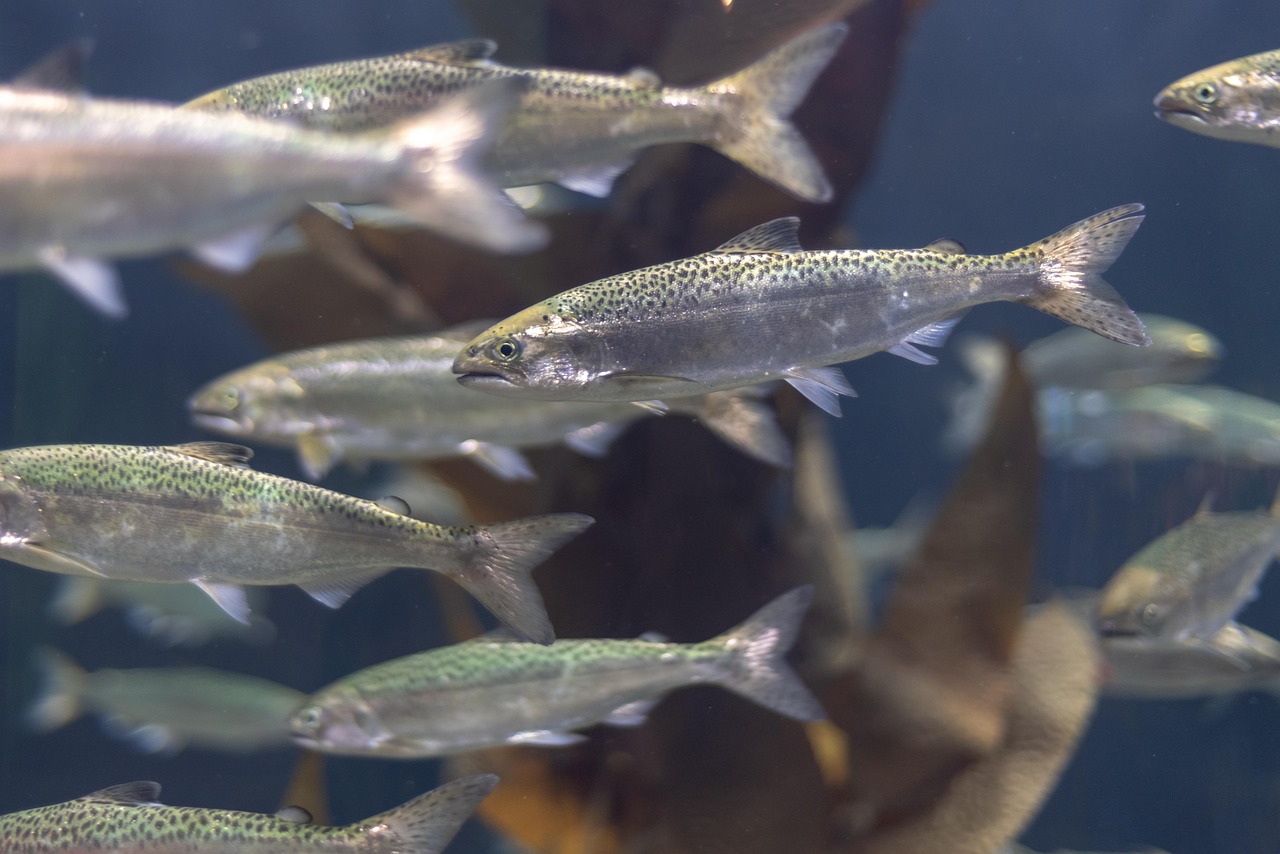
The Klamath River is free-flowing for the first time in over a century after the last of four hydroelectric dams was removed in 2024, opening up over 400 miles of habitat for migratory fish. This massive undertaking represents America’s largest dam removal project ever attempted. Just two months after the final dam was breached, the first salmon found their way to a spawning site in the Klamath basin that had been out of reach for over a century.
The speed of recovery has stunned even the most optimistic scientists. The SONAR recorded more than 9,600 fish crossing this historic threshold, marking the beginning of population reestablishment, and we estimate 7,700 of those fish were Chinook salmon. While not technically a single city project, this restoration effort serves multiple communities along the California-Oregon border and demonstrates the incredible potential of large-scale river liberation.
Portland’s Urban Fish Highway Revolution
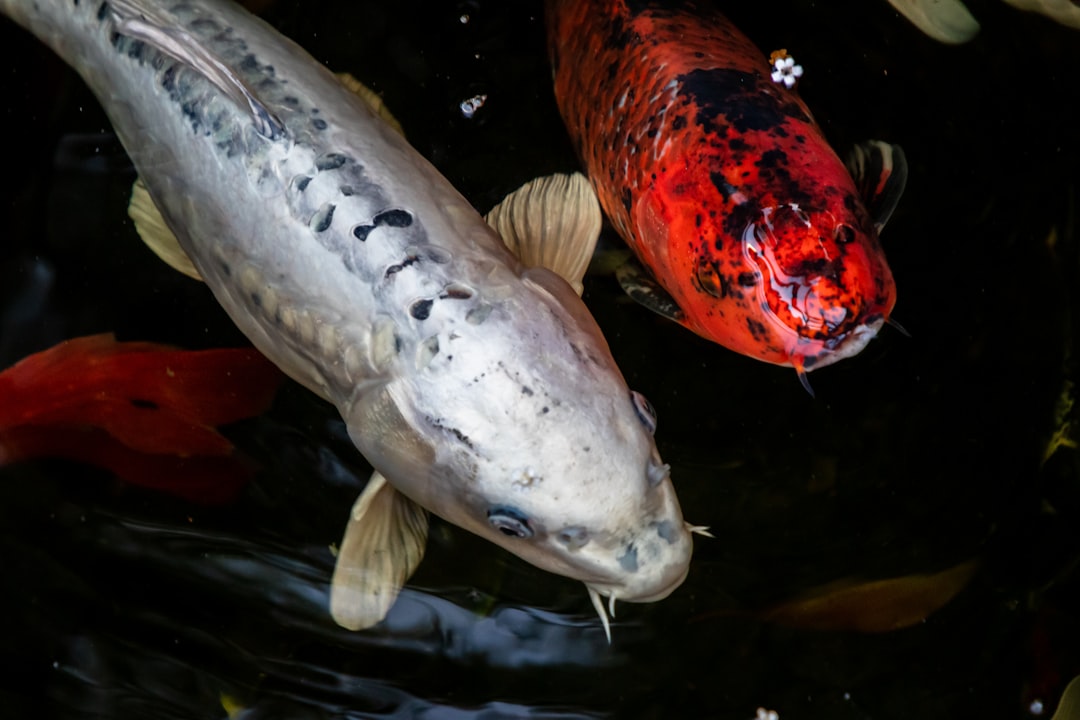
Portland has emerged as a surprising leader in urban salmon restoration, treating its metropolitan waterways like highways that need to stay open for wildlife traffic. Over the next 3 years, the Clackamas Partnership is removing barriers and restoring habitat at 10 sites around the Portland Metro area. NOAA’s Office of Habitat Conservation is reinvigorating efforts to restore threatened salmon and trout species in Oregon’s Willamette River watershed.
The city’s approach focuses on creating calm refuges for juvenile fish navigating urban chaos. Tributaries of the Willamette River, like the Clackamas River and Johnson Creek, have pretty rapid flows in the winter and spring and juvenile fish need calm, cool side channels to pull over and eat and grow and not get eaten. Portland has become so successful that Portland can swim in the Willamette River downtown today thanks to comprehensive clean water protections.
San Joaquin Valley’s Salmon Comeback Story

California’s Central Valley might seem like an unlikely place for a salmon renaissance, yet the San Joaquin River restoration program is delivering record-breaking results. Given the record-high number of returns this year, we’re hopeful that we surpass the 2019 record for redds this fall, said restoration biologists tracking the unprecedented salmon comeback.
The transformation extends beyond just fish counts. Crews are returning clean, sorted gravel to the riverbed, rebuilding spawning habitat that salmon and steelhead have relied on for thousands of years. This meticulous habitat reconstruction work in California’s urban-adjacent watersheds shows how cities can partner with rural areas to create wildlife corridors that span entire regions.
Chicago’s Floating Wilderness Experiment
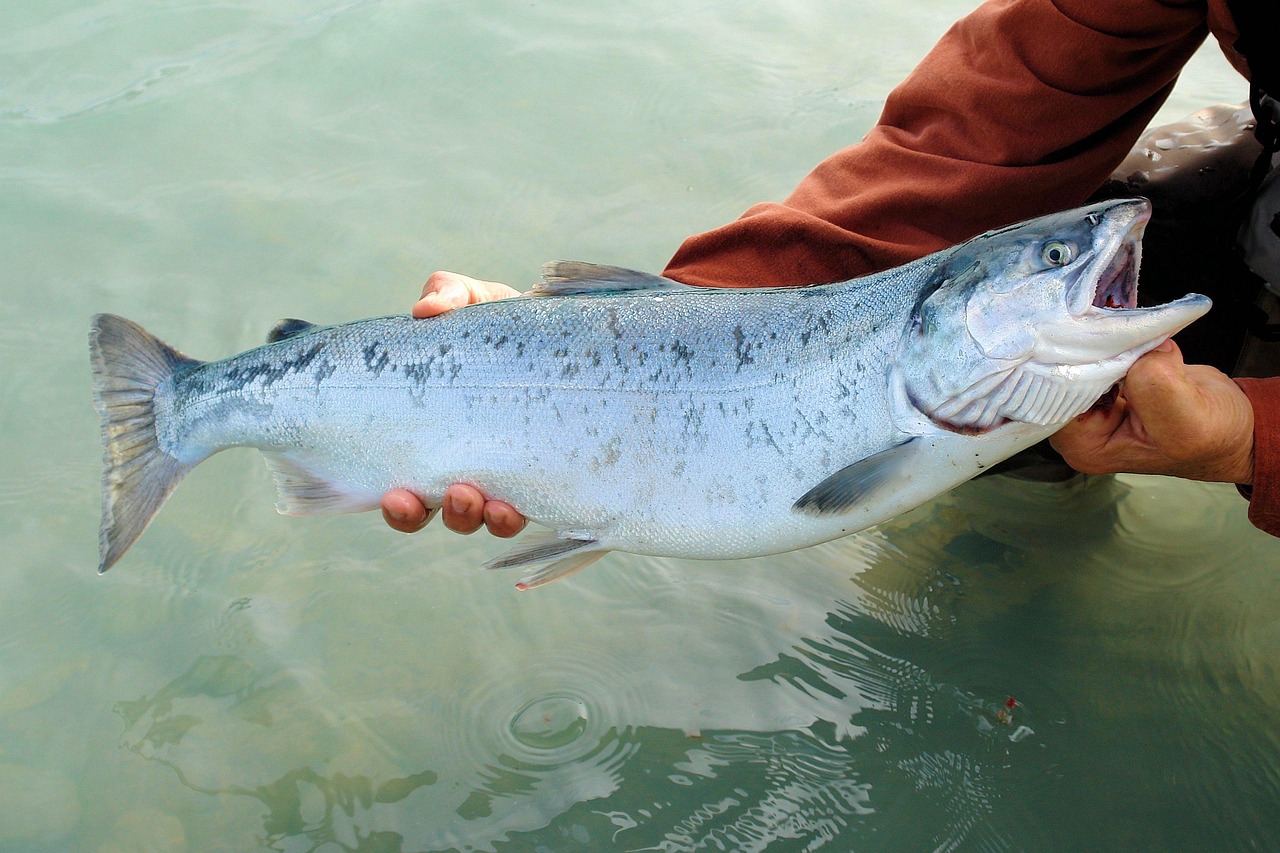
Chicago has taken urban river restoration in a completely unexpected direction by literally building nature on top of its polluted waterways. Wild Mile has over 20,000 native plants representing more than 100 species across 2.5 acres of floating habitat. Research teams have catalogued more indigenous fish species and higher quantities of zooplankton near the floating installation than in other parts of the river.
The transformation of the Chicago River from a waterway once so heavily polluted that its stench could make people sick to a thriving ecosystem represents one of America’s most dramatic urban environmental victories. At River Park, where the North Branch and North Shore Channel converge, visitors can observe the scars of a 1910 dam and the successful advocacy that led to its removal in 2018, allowing fish to travel freely from Goose Island to the Skokie Lagoons.
Pennsylvania’s Ten-Dam Demolition Project

Pennsylvania is pursuing an ambitious strategy of multiple small dam removals rather than focusing on single massive projects. This effort covers a suite of 10 dam removals on Pennsylvania streams important for brook trout habitat. These dam removals will reconnect 190 miles of spawning, rearing, and foraging habitat for federally endangered species.
The state’s approach recognizes that sometimes restoration success comes through numerous smaller victories rather than headline-grabbing mega-projects. Wildlands Conservancy continues to bust barriers on Bushkill Creek in Pennsylvania by removing the City of Easton Lower Dam in 2024, demonstrating how urban communities can systematically reclaim their waterways one barrier at a time.
New Jersey’s Four-Dam Success Story

New Jersey’s Paulins Kill River restoration represents a masterclass in strategic, sequential dam removal. In 2024, TNC successfully removed Blairstown’s Paulina Dam, the fourth and final barrier from the mainstem Paulins Kill. Combined with the other three dam removals, we have reconnected 45 miles of river habitat in the Paulins Kill.
The results were immediate and dramatic. Just weeks after the Columbia Dam removal, for the first time in more than a century, American shad were discovered upstream from the former dam site. This is an excellent indicator that water quality and habitat have improved in the Paulins Kill. This rapid fish return demonstrates how urban waterways can quickly rebound when given the chance.
California’s Yuba River Salmon Superhighway
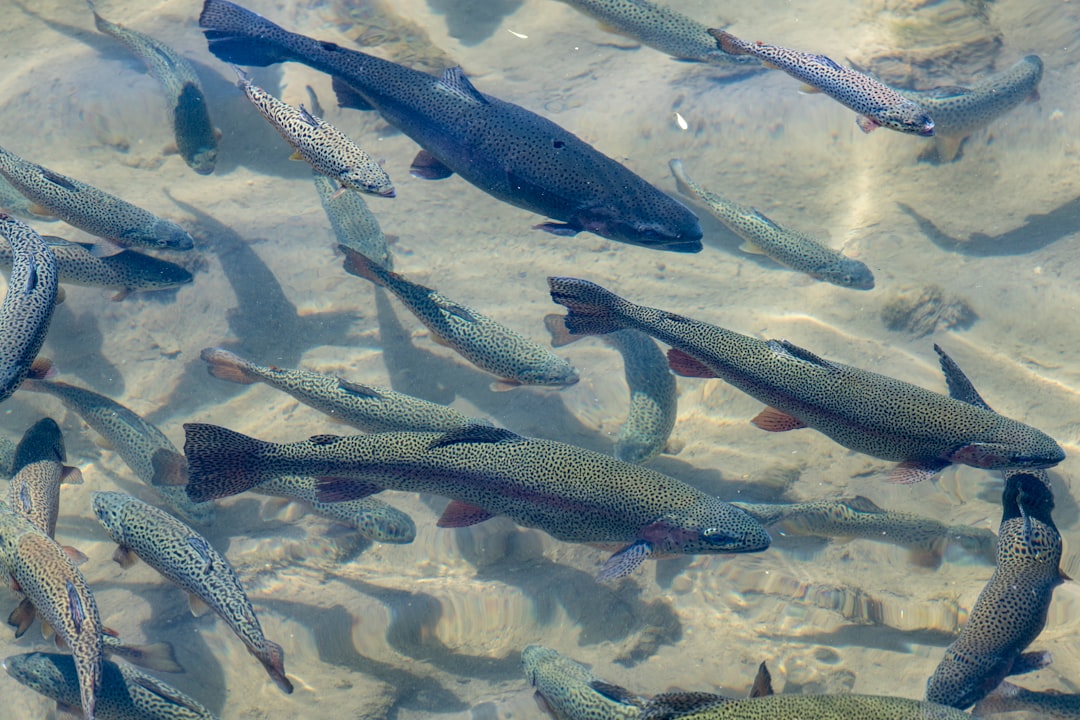
The Yuba River project in California showcases how cities can engineer sophisticated fish passage systems rather than simply removing all barriers. Building a new fishway – a channel resembling a natural river that salmon, steelhead, sturgeon and lamprey can follow to get around the U.S. Army Corps of Engineers’ Daguerre Point Dam to reach over 10 miles of healthy spawning habitat.
Launching a comprehensive reintroduction program to support recovery efforts of spring-run Chinook salmon with a goal of returning them to their original habitat in the North Yuba River above New Bullards Bar Reservoir as soon as 2025. The agreement will restore unimpeded access for fish to the full reach of the Yuba River from the confluence with the Feather River up to Englebright Dam for the first time in nearly a century.
Great Lakes Sturgeon Renaissance
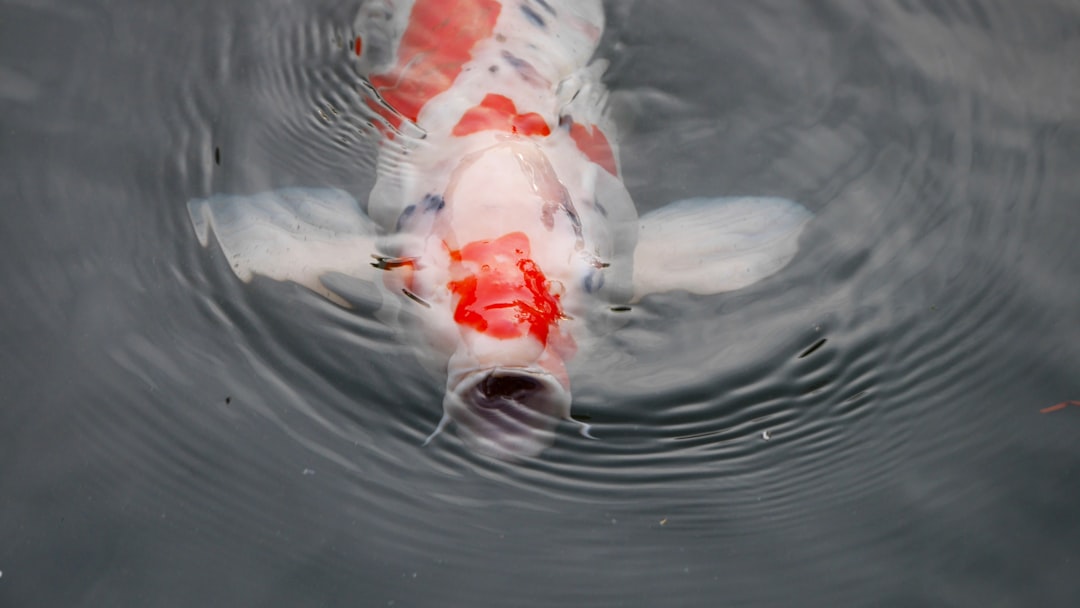
Cities throughout the Great Lakes region are witnessing the return of one of North America’s most ancient fish species through coordinated restoration efforts. Progress is showing in places like the Red River between Minnesota and North Dakota, part of the Hudson Bay basin, where lake sturgeon were completely destroyed and are now reestablished and spawning. We have renewed hope along the St. Clair and Detroit Rivers, where the largest population in the Great Lakes is consistently spawning in restored habitats.
The sturgeon comeback is particularly significant because The decimation of lake sturgeon at the turn of the 20th century is akin to the mass destruction of the American bison. Yet, after 150 million years of life on Earth, overharvest and killing en masse as a nuisance fish nearly wiped out this prehistoric creature. Urban communities along the Great Lakes are now proving that even the most damaged ecosystems can support these living fossils once again.
Texas and Washington’s Dam Removal Pioneers
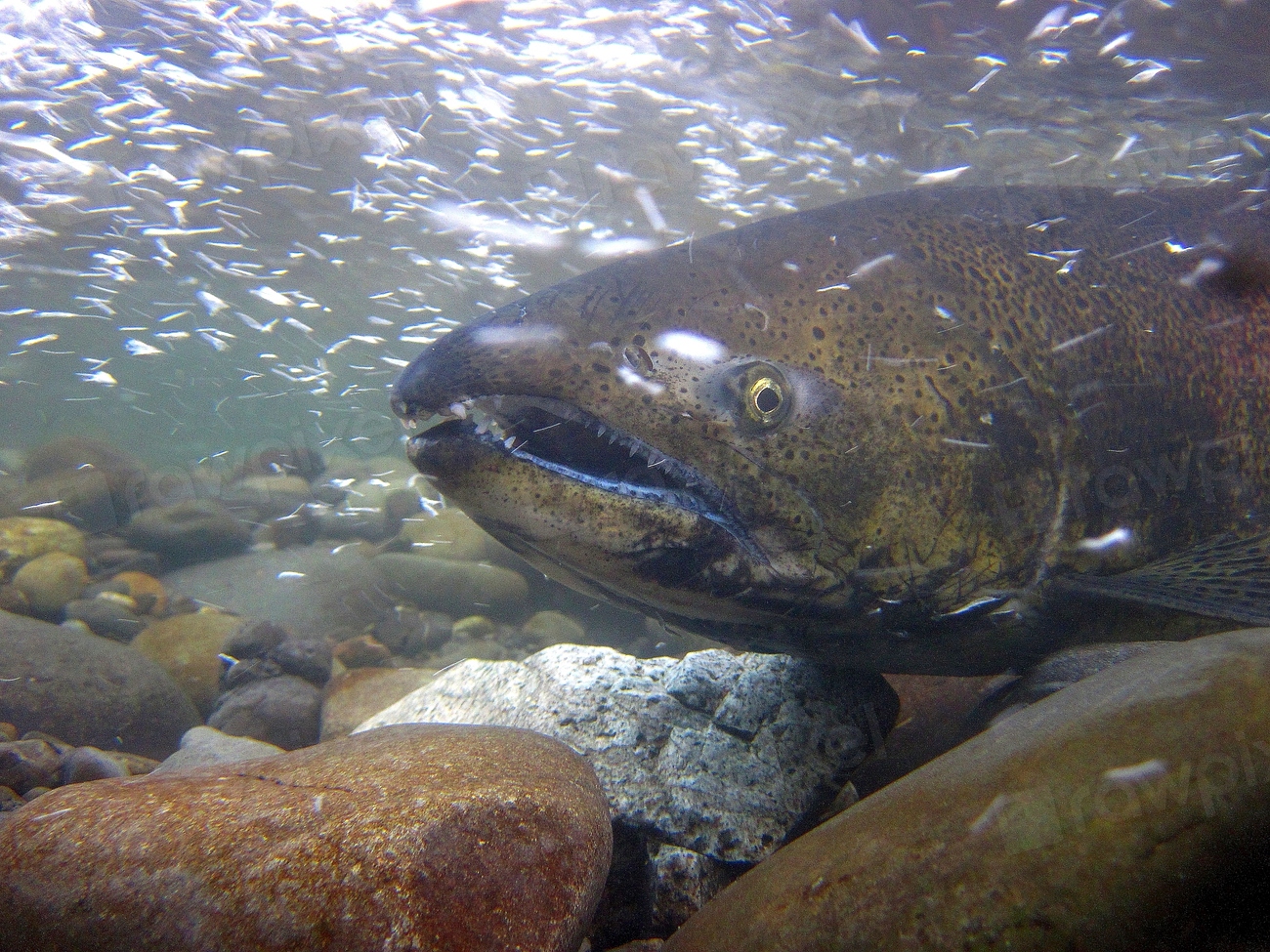
Cities in Texas and Washington State are tackling dam removal from completely different angles but achieving similar conservation victories. Otilla Dam Removal (Texas) – Led by the San Antonio River Authority, this project will remove a 1920s era dam that has become a human safety hazard as well as a complete barrier to aquatic species. The project will improve public safety, reduce flood risk, and reconnect 30 miles of upstream river habitat for species and recreational uses.
Meanwhile, Washington’s approach focuses on massive habitat reconnection projects. Enloe Dam Removal (Washington) – This collaborative project is co-sponsored by Trout Unlimited and the Confederated Tribes of the Colville Reservation. When implemented, the project will reconnect over 1,500 miles of habitat for steelhead trout, Chinook salmon, and Tribal trust species like Pacific lamprey.
Maine’s River Herring Super Highway
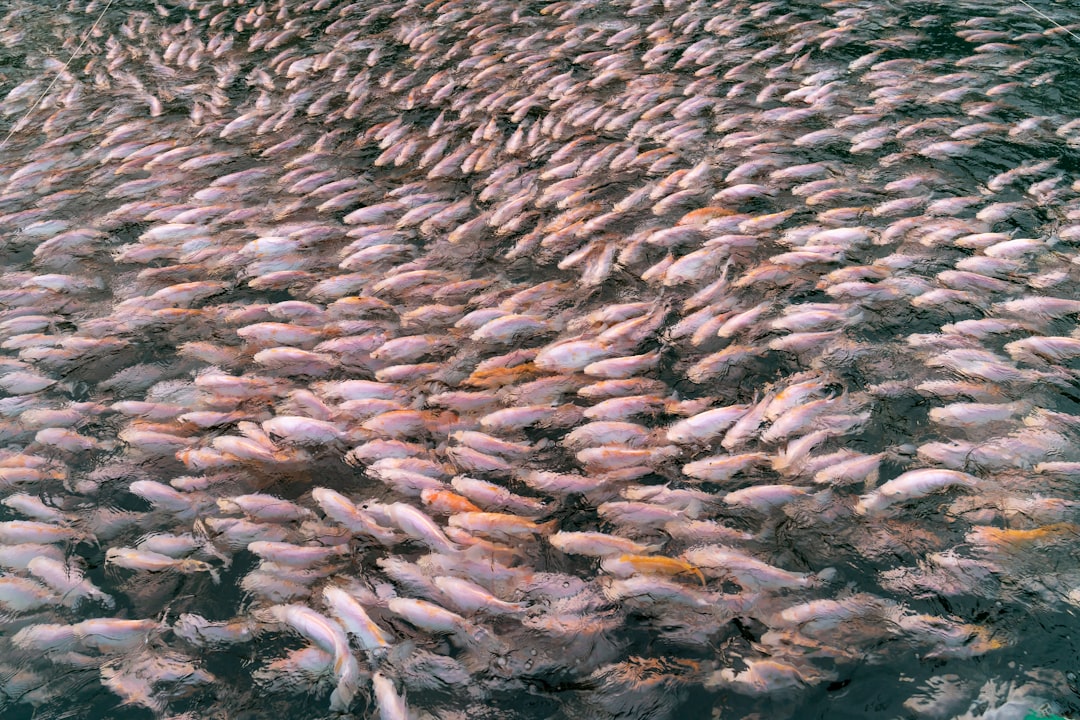
Maine is creating what could become North America’s most productive river herring restoration project through strategic fishway construction rather than complete dam removal. Lower Skutik/St. Croix River Fishways (Maine) – This collaborative project with the State of Maine, Passamaquoddy Tribe, and other partners has the potential to support tens of millions of adult river herring returns annually, making their population the biggest in the United States and Canada. The fishways project will also contribute to the sustainability and economic viability of the local pulp, paper and fishing industries.
This project demonstrates how urban river restoration can support both ecological recovery and economic development. The scale is breathtaking – tens of millions of fish returning annually to waterways that flow through or near Maine’s urban centers, creating a massive wildlife spectacle in the heart of developed landscapes.
Conclusion
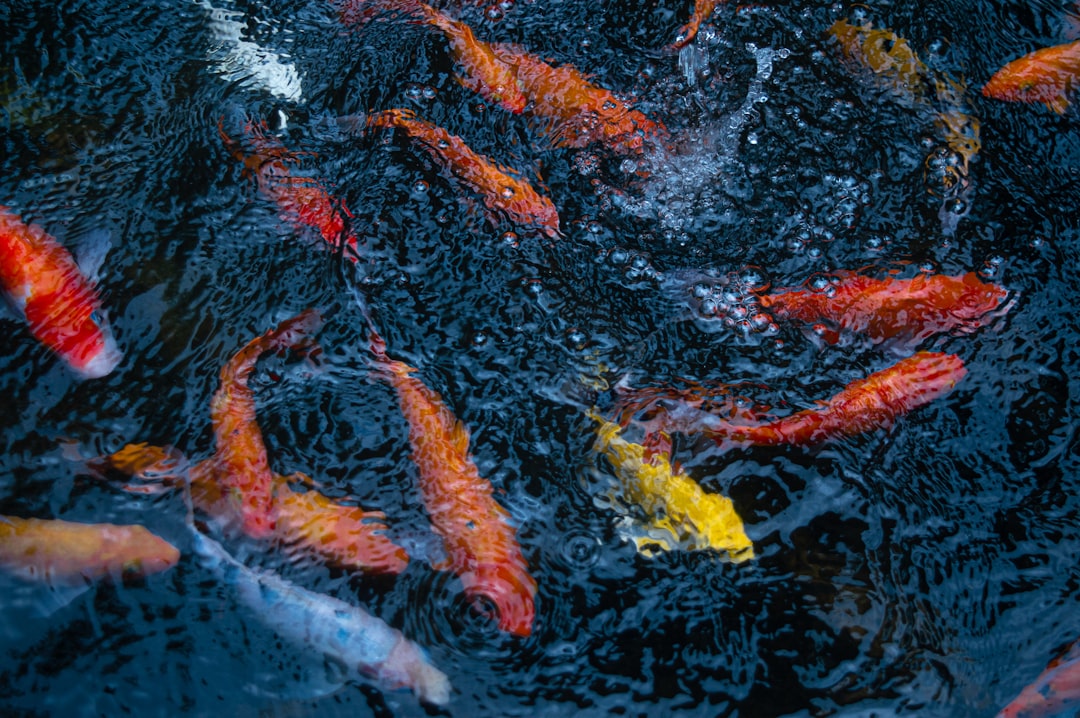
It is truly remarkable how fast a river recovers once it is returned to its free-flowing state. Across America, these ten cities and regions are proving that urban waterways don’t have to remain ecological dead zones. From the Pacific Northwest’s salmon highways to the Great Lakes’ sturgeon sanctuaries, communities are discovering that removing human barriers allows nature to reassert itself with stunning speed and vitality.
The return of salmon and sturgeon to urban rivers represents more than just environmental success stories. These fish are living symbols of resilience, adaptation, and the possibility that even our most industrialized landscapes can support wild abundance once again. What do you think about it? Tell us in the comments.

